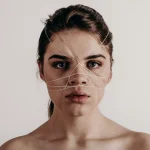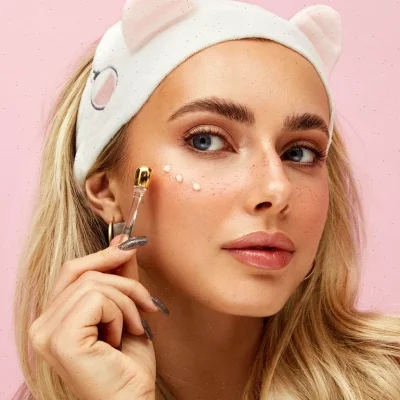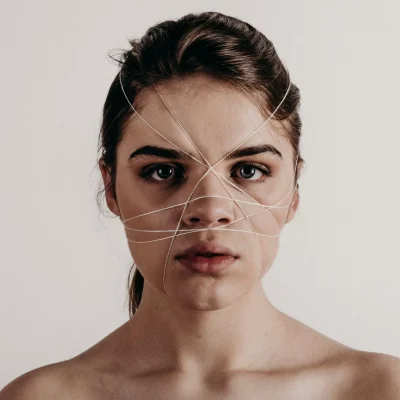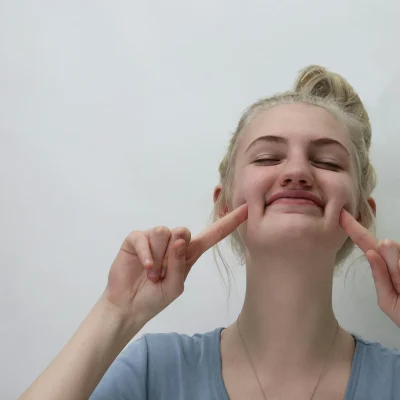“I’ve done it so many times — nothing bad ever happens,” or “I can’t go out with that thing on my nose!” Sound familiar? The urge to squeeze pimples is something most of us have given in to, sometimes even finding a strange satisfaction in the act. But what dangers are really hiding behind this seemingly harmless habit?
Our expert at IQ Ladies breaks down why popping pimples isn’t as innocent as it seems — and what safer, skin-friendly alternatives you can try instead.
What Types of Pimples Appear on the Face?
Before we dive into the consequences, let’s quickly review the most common types of acne you may be tempted to pop.
Closed comedones — Also known as whiteheads, these are small, skin-colored bumps that form beneath the skin when pores are clogged with excess sebum. Since air doesn’t reach the trapped oil, it stays light in color — unlike open comedones, or blackheads.
Papules — Small, red, inflamed bumps that often evolve from whiteheads. They don’t contain pus, but signal inflammation beneath the skin’s surface.
Pustules — The next stage of acne: red bumps with a visible white or yellow “head.” These form when your immune system fights back against the infection, filling the pimple with pus made of oil, dead skin cells, and bacteria.
Nodules — Large, painful bumps lodged deep within the skin. These more severe breakouts develop when infection spreads beyond the pore into surrounding tissue.
Milia — Not technically acne, but often mistaken for it. These are tiny, firm white bumps caused by trapped keratin (a skin protein), not oil. They’re usually harmless but tempting to pick at.
Why You Should NEVER Pop Pimples: 5 Risky Outcomes
1. Swelling and Redness Get Worse
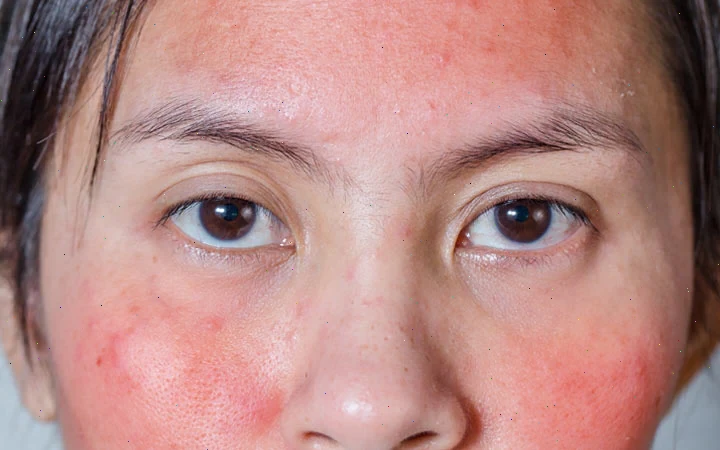
Pimples form in tight, narrow oil glands already clogged with debris. When you squeeze, you create intense pressure on an already stressed pore, often causing it to rupture.
As a result, tiny blood vessels (capillaries) burst and the surrounding skin gets injured. This trauma leads to redness and puffiness — and ironically, the aftermath often looks worse than the original blemish.
Trying to squeeze out a milium? That hardened keratin core can tear skin even more, leading to more swelling and tenderness.
2. You Introduce or Push Infections Deeper
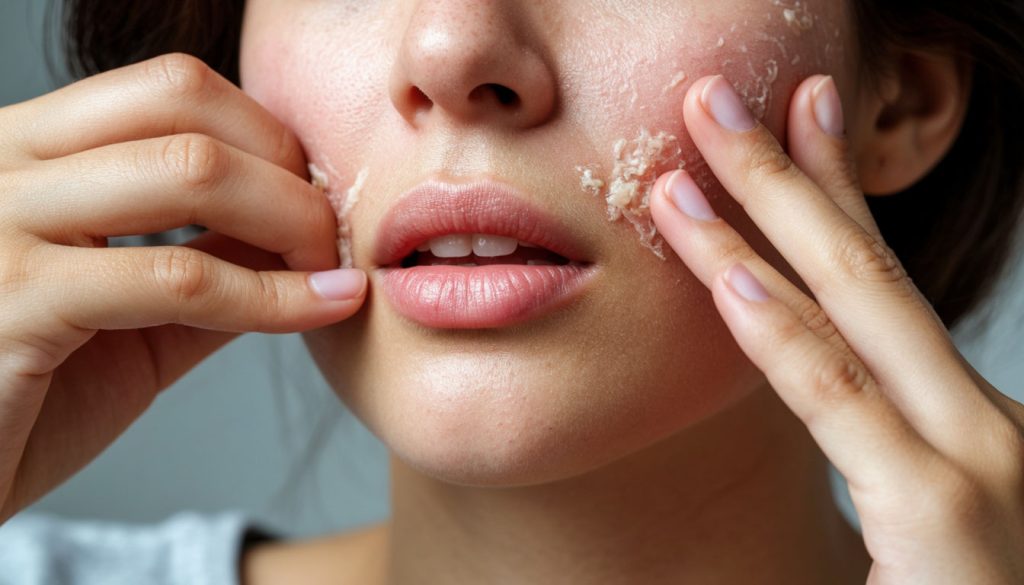
Think washing your hands is enough? Unfortunately, it’s not. Most people squeeze pimples with bare fingers, without disinfecting the area properly or using sterile tools.
This opens the floodgates for bacteria. Even if the blemish wasn’t infected to begin with, popping it can easily introduce pathogens — or drive existing ones deeper into the skin.
You may feel satisfied seeing some pus come out, but what’s left behind is often worse: a deeper, more inflamed infection that festers beneath the surface and reappears days later, sometimes even bigger.
3. The infection spreads across the face
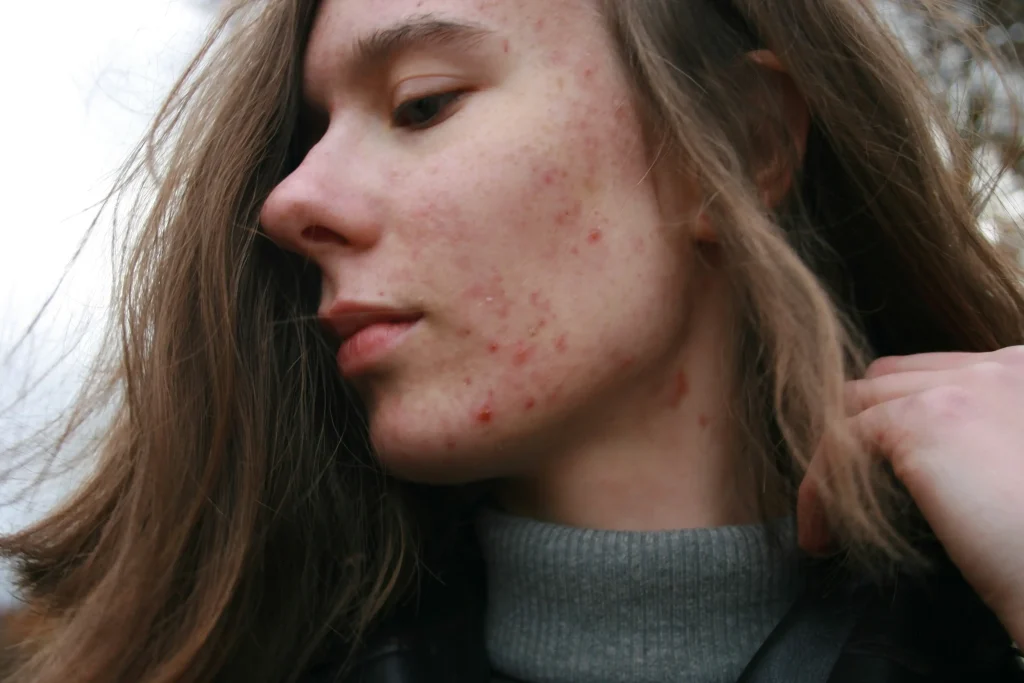
You pop one zit — and days later, your face breaks out in five more. Coincidence? Not likely.
A single pimple is usually isolated. But once you squeeze it and break its protective walls, bacteria are free to invade nearby pores and tissue.
This is how you go from a single blemish to a full-blown breakout — and the new ones are often more painful and harder to treat.
4. Scars and Dark Marks Form
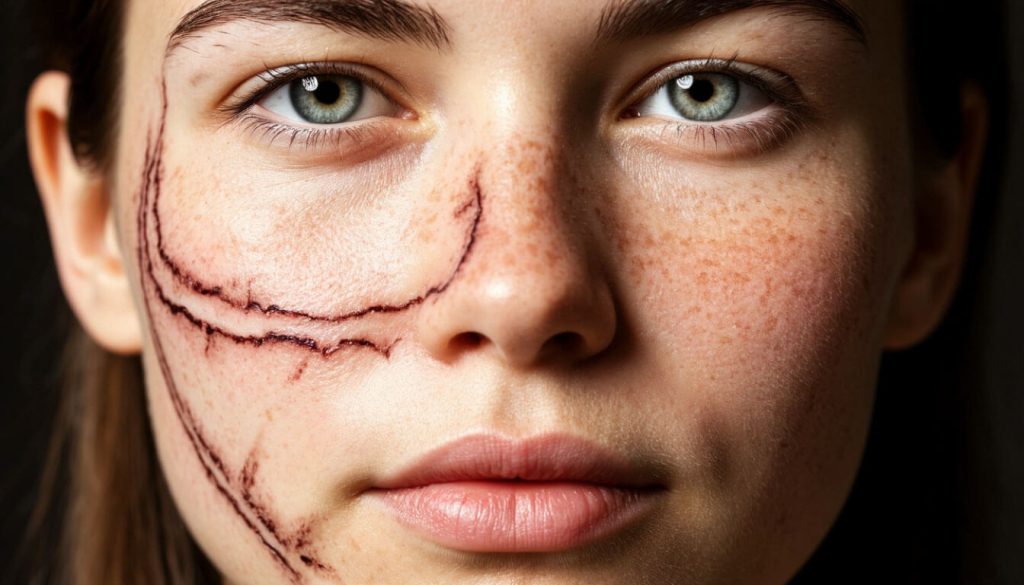
Sure, you might get lucky and heal without a trace. But if you don’t?
You could be left with:
- Post-inflammatory hyperpigmentation: When skin becomes inflamed, melanin (the pigment that gives skin its color) increases in the area. If you damage the skin further by squeezing, that dark mark can stick around for months.
- Scarring: Deep tissue trauma from popping pimples can result in atrophic (sunken) or hypertrophic (raised) scars. These scars form when the skin regenerates unevenly — and they can be some of the hardest skincare concerns to treat.
5. Rare but Real: Brain Infections
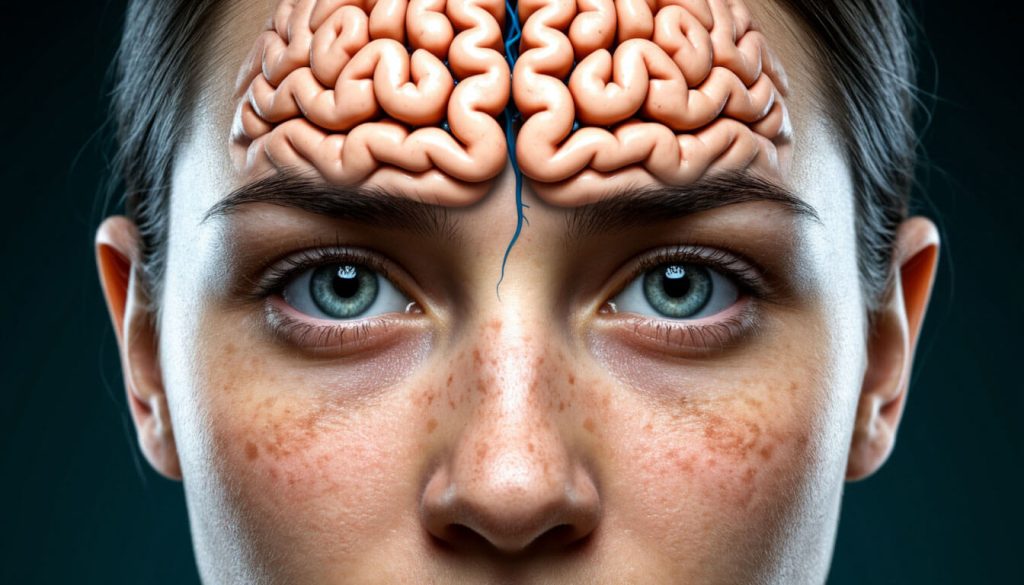
Sounds dramatic, right? But it’s a medically documented possibility.
There’s an area on your face dermatologists call the “triangle of death” — the region between your upper lip and the bridge of your nose. Veins in this area connect directly to the cavernous sinus, a part of the brain’s blood drainage system.
If you force an infected pimple here, bacteria can travel through those veins and cause dangerous conditions like:
- Cavernous sinus thrombosis (blood clots in the brain),
- Meningitis, or
- Brain abscesses.
Though rare, these are life-threatening infections. One real case in 2022 involved a 21-year-old man who popped pimples on his nose — and landed in the hospital with severe facial swelling, blurred vision, and headaches. He was later diagnosed with cavernous sinus thrombosis.
So What Should You Do Instead?
Do you really need to rush to the salon every time a breakout appears? Not necessarily.
In-office extractions (manual pimple removal by an esthetician) are often overpromoted. They’re only appropriate in certain cases — like stubborn comedones — and can’t replace the need to address the underlying cause of acne.
If breakouts are frequent or severe, your best move is to book a consultation with a dermatologist, not a beauty therapist.
For the occasional spot, skip the squeezing and turn to spot treatments with antibacterial ingredients. Look for products containing benzoyl peroxide, salicylic acid, or sulfur, and always apply them with a cotton swab on clean skin — not with your fingers.
💬 Have you ever regretted popping a pimple? Share your experience in the comments — your story might help someone else rethink their skincare habits.



